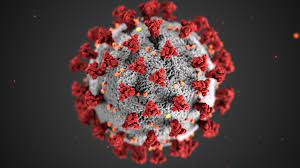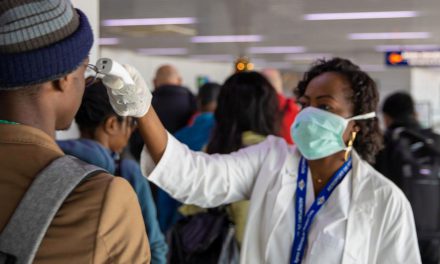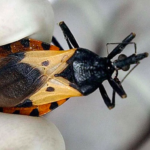
Researchers suggest that SARS-CoV-2, the virus causing Covid-19, may adopt a seasonal pattern resembling influenza, thriving more in colder months and subsiding in summer. As the virus becomes endemic, recurring annually in waves, experts aim to predict these surges’ timing for better public health planning. Jeffrey Townsend, a Yale University Professor, emphasizes the importance of anticipating future outbreaks.
Highlighting late fall, winter, and early spring as high-risk periods, the study, featured in mBio, aids medical facilities in preparing for potential surges of Covid-19 cases. Predicting when the virus will be most active assists in managing concurrent respiratory viruses like influenza and RSV, easing the strain on healthcare systems.
By analyzing historical infection data of common-cold coronaviruses, researchers projected SARS-CoV-2’s probable seasonal circulation, primarily during colder months in temperate regions of the Northern Hemisphere. However, the specific timing varies by location and hinges on Covid-19 transitioning to an endemic disease.
Though the virus hasn’t reached endemic status yet, experts anticipate its evolution toward a persistent presence within the population. Townsend speculates on the characteristics of endemicity, envisioning a stage where immune systems have encountered the virus repeatedly, leading to its consistent yearly spread. The timeline for this transition remains uncertain, potentially arriving soon or taking another decade.











